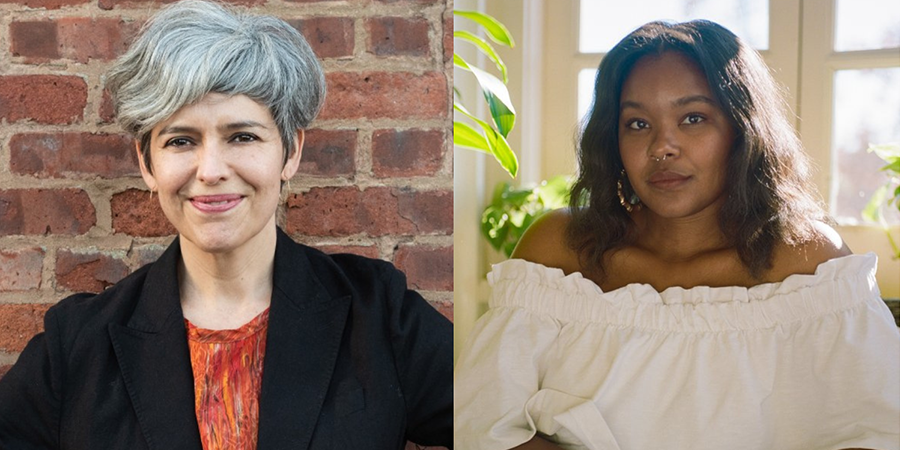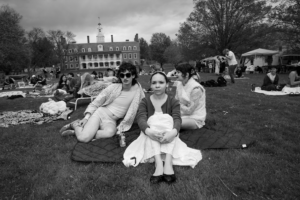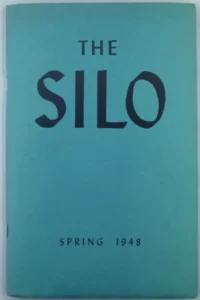
On Wednesday April 24th Bennington hosted poets Monica de la Torre and Courtney Faye Taylor. Both Poets came to read their poetry as well as hosting workshops throughout the week.Monica de la Torre is a Mexican Born poet who moved to New York to earn her PHD. She is the author of six books of poetry Much of her work focuses on Language and Translation. Courtney Faye Taylor is the author of Concentrate. Her work focuses on the experiences of black women and girls.
De la Torre started by reading some Ekphrastic poems including Nine Pools of Broken Glass, based on Ed Ruscha’s series of photographs titled Nine swimming Pools and Broken Glass. Like the photos, the poems chronicle ordinary and sometimes bleak environments. Monica imagines herself as a person in the places where the photographs were taken. She then takes the photo back to experiences in her own life. The poem is numbered, chronicling strange and beautiful experiences.
Afterwards she began to read some of her translation work from Repetition Nineteen. The book is structured around 25 different translations of the same poem. The poem itself was chosen by De la Torre because it deals with equivalence, which de la Torre said is the central, though often contested focus of translation. She first read the poem in Spanish and then shared some translations. One of which was by a friend who had a tenuous grasp of Spanish. Work like this shows De la Torre’s interesting work in translation that questions the nature of language and equivalence
After Monica Courtney Faye Taylor read some of her poetry. Concentration tells the story of the murder of LaTasha Harlins, a 15-year old-black girl, by a Korean Shop Owner, sparking the 1992 Los Angeles riots. In his introduction Michael Dumanis highlighted the first sentence of the book: “So far my sentence as a black woman has been hard to hone, honed in sore white pith” The sentence sets up Taylor’s exploration of the past and of black girlhood and womanhood.
As Taylor read the first poem of the book, the first image she put on the projector was one of her, as a child having her hair done by her aunt as a child. She talked a bit about the intimacy of those hours and how, in her view, “black womanhood is made up of years and years of those hours”. The book starts with a similar scene of an Aunt doing her niece’s hair and telling the story of Latasha Harlins.
Taylor also read an Eprastik poem based on two depictions of black face from Japan. One of which is a tradition of Geisha’s painting their faces black and mimicking black features. The other is a Japanese girl group depicted in black face for an album cover. In the poem Taylor grapples with the complicated feelings that arise when looking at these images.
After the reading books by both poets were for sale and each stuck around to sign books and talk to students about poetry.





Be First to Comment